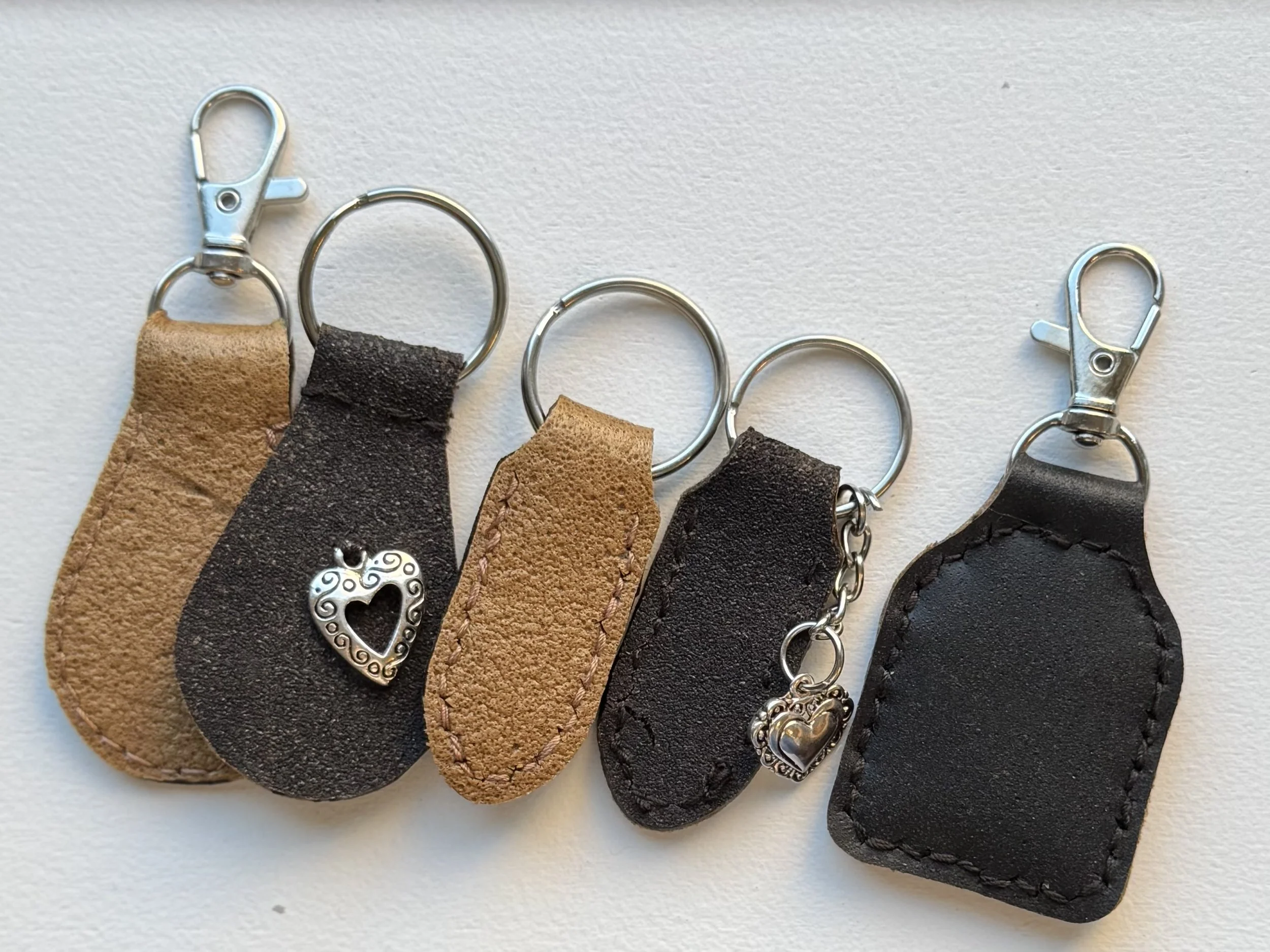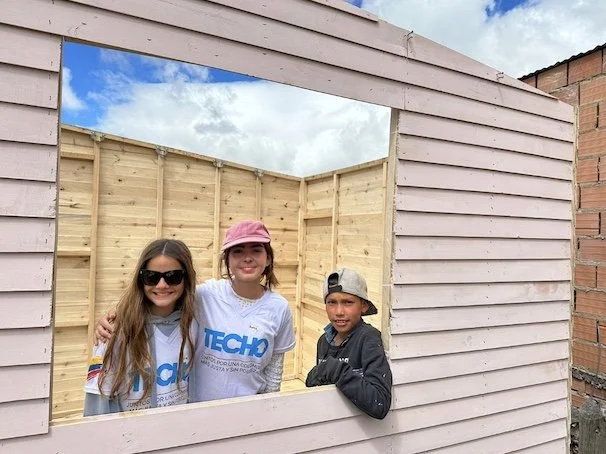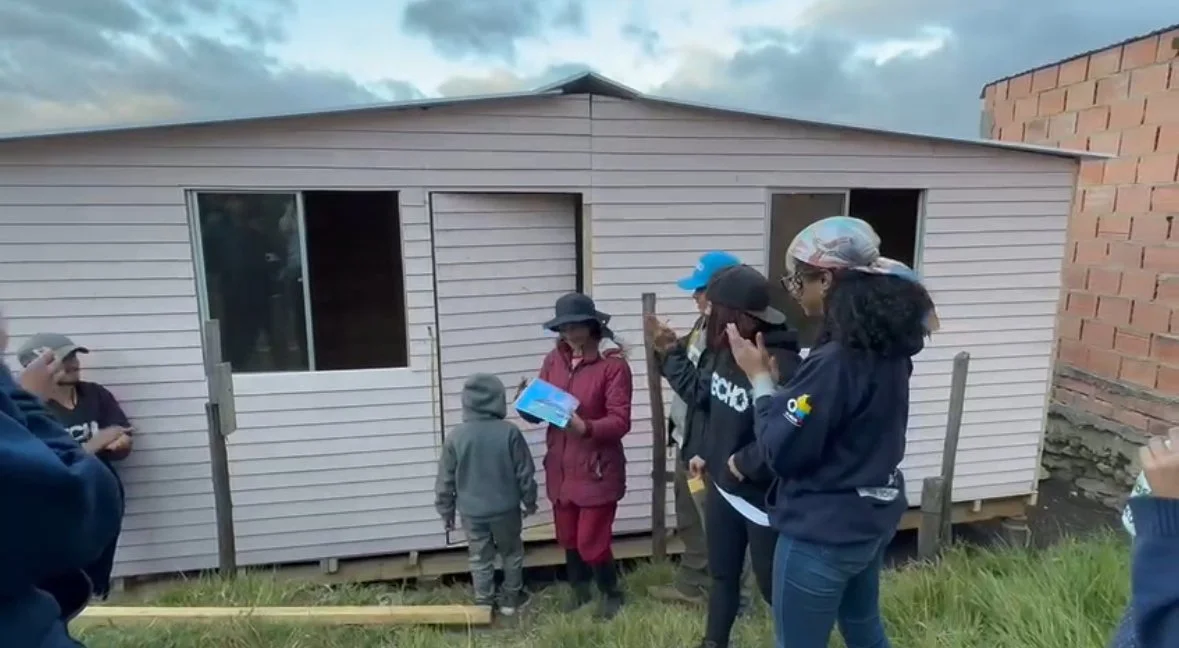Unlocking the Future: Coffee Waste Keychains for Change
In a world where waste often defines the end of a product’s life, what if it marked a new beginning instead?
Driven by a commitment to circular design, I experimented with biomaterials to create a series of handcrafted keychains using an unconventional but abundant ingredient: used coffee grounds. Blending them with water and glycerin, the result was a durable, leather-like material with a warm, earthy aesthetic, and a purpose far beyond aesthetics.
Biomaterial Meets Biodesign
Coffee waste contains cellulose, hemicellulose, and lignin, natural polymers that lend themselves well to biomaterial innovation. By adjusting the ratio of glycerin, a plant-derived plasticizer, I could alter the material’s flexibility and texture. Higher glycerin concentrations softened the surface, yielding a more elastic, pliable finish. This wasn’t random tinkering; studies show that increasing glycerin can boost material elongation from just 1.71% to nearly 194%, offering precise control over each piece’s properties.
The color palette required no synthetic dyes. Melanoidins, compounds formed during coffee roasting, infused each piece with rich, natural tones. To protect the material during its two-week drying and curing phase, I added vinegar, a natural antimicrobial agent that inhibits mold and bacterial growth. Every keychain, then, was more than an accessory; it was a small-scale demonstration of material science in service of sustainable design.
From Espresso to Emissions Reduction
Globally, over 8 million tons of coffee waste are generated every year. When discarded into landfills, these organic materials decompose anaerobically, releasing methane, a greenhouse gas 21 to 28 times more potent than CO₂. Their high acidity also contributes to harmful leachate, polluting nearby soil and water systems.
By repurposing coffee waste into biodegradable, functional objects, we not only prevent landfill pollution but reimagine what waste can do. Each keychain became a tiny intervention, diverting biomass from the waste stream, reducing emissions, and creating circular value from a daily ritual.
Design for Dignity
These keychains were never just design objects, they were created with impact in mind. Proceeds from their sale supported a volunteer initiative with TECHO, a nonprofit addressing extreme poverty across Latin America. I joined TECHO’s Bogotá team to help build an emergency house for a family in Piedras Blancas.
Since 1997, TECHO has mobilized over 720,000 volunteers and built more than 102,400 homes in 19 countries, while advocating for access to land, infrastructure, and basic services. Each keychain was a tangible message: Unlock the future for families, for communities, for the planet.
Crafting a Circular Future
The coffee keychains are proof that sustainable design doesn’t need to be theoretical or large-scale. They embody the principles of a circular economy, transforming local, organic waste into meaningful, biodegradable products. They invite us to reconsider the potential of materials we typically discard, and remind us that design can be both beautiful and responsible.
In fashion and beyond, progress begins with asking better questions of our materials and ourselves.
Small objects can hold big purpose. And sometimes, the key to change is already in your pocket.






